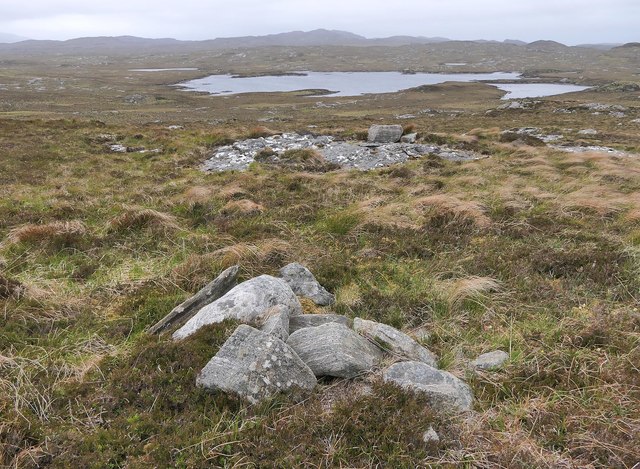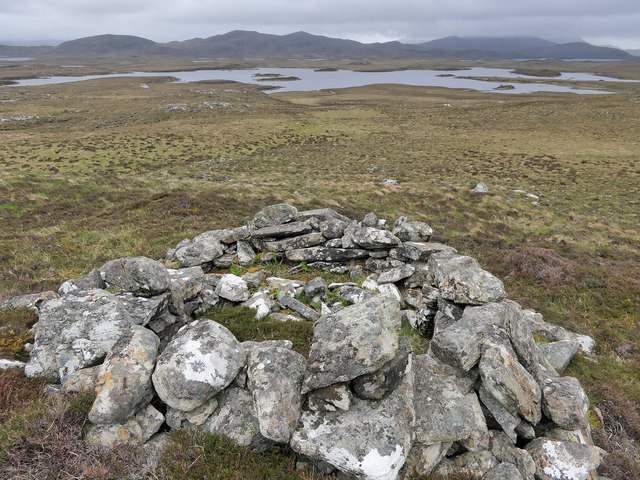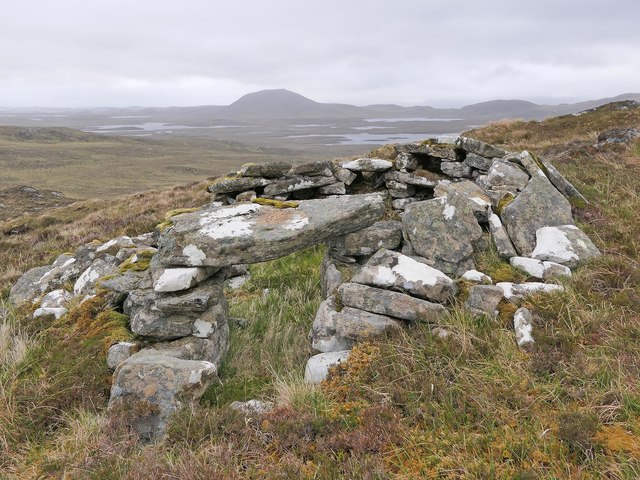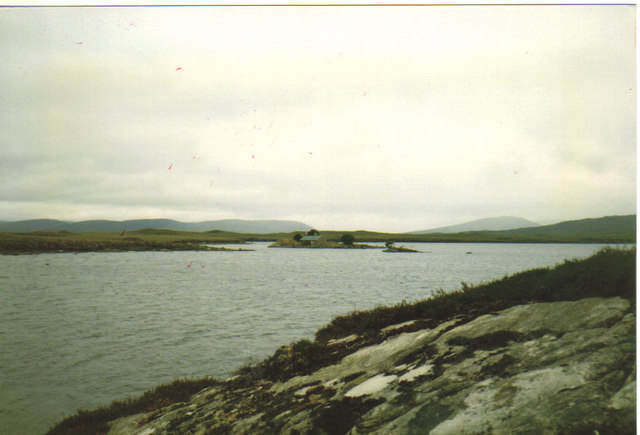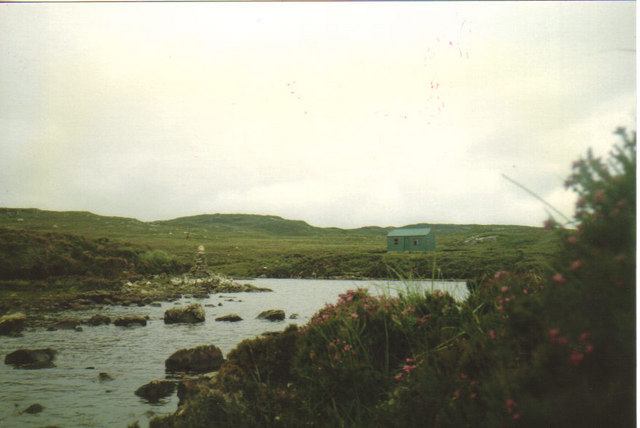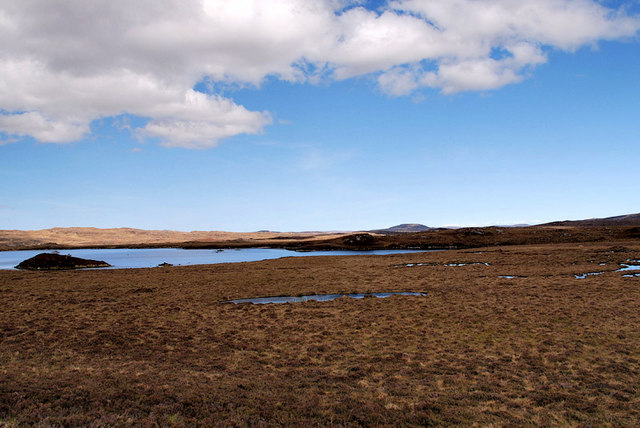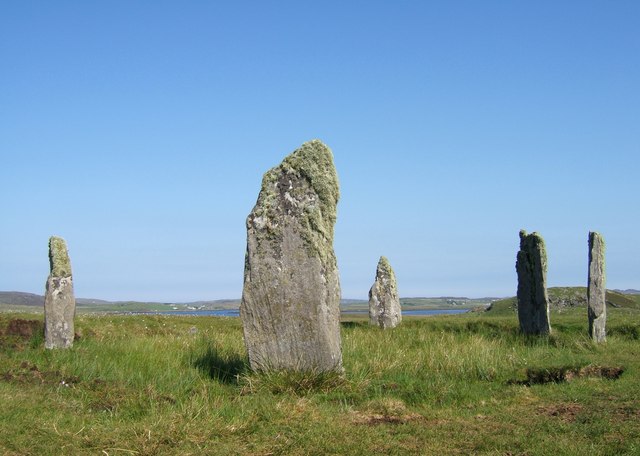Eilean a' Chaise
Island in Ross-shire
Scotland
Eilean a' Chaise
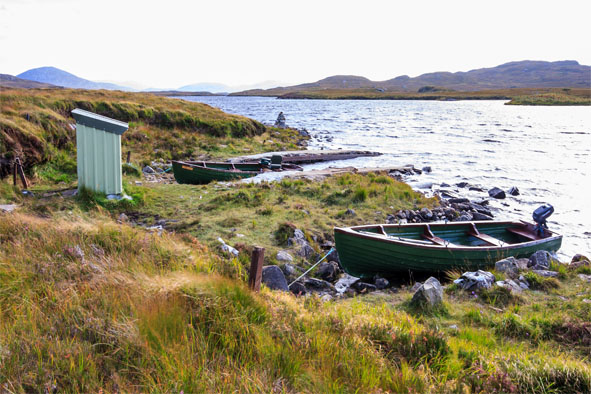
Eilean a' Chaise, also known as the Island of the Casket, is a small uninhabited island located off the coast of Ross-shire in the Scottish Highlands. Situated in the Inner Sound, between the mainland and the Isle of Skye, it is part of the Inner Hebrides archipelago.
Covering an area of about 9 hectares, Eilean a' Chaise is a rocky island with steep cliffs rising from the sea. The island gets its name from a small cave, which resembles a casket or coffin, located on its northern shore. The cave itself is inaccessible due to the treacherous conditions, but it adds to the island's mystique and allure.
Although uninhabited, Eilean a' Chaise is home to various seabirds, including Atlantic puffins, guillemots, and razorbills. The island's cliffs also provide nesting sites for these birds, making it a popular spot for birdwatchers and wildlife enthusiasts.
Access to Eilean a' Chaise is possible by boat, and visitors can enjoy the stunning views of the surrounding coastline and the neighboring islands. The island is known for its rugged beauty and tranquility, offering a peaceful retreat for those seeking solitude in nature.
Due to its remote location and lack of facilities, Eilean a' Chaise is not suitable for overnight stays or extended visits. However, it remains a picturesque destination for day trips, providing a glimpse into the unspoiled natural beauty of the Scottish Highlands.
If you have any feedback on the listing, please let us know in the comments section below.
Eilean a' Chaise Images
Images are sourced within 2km of 58.116021/-6.7398334 or Grid Reference NB2023. Thanks to Geograph Open Source API. All images are credited.
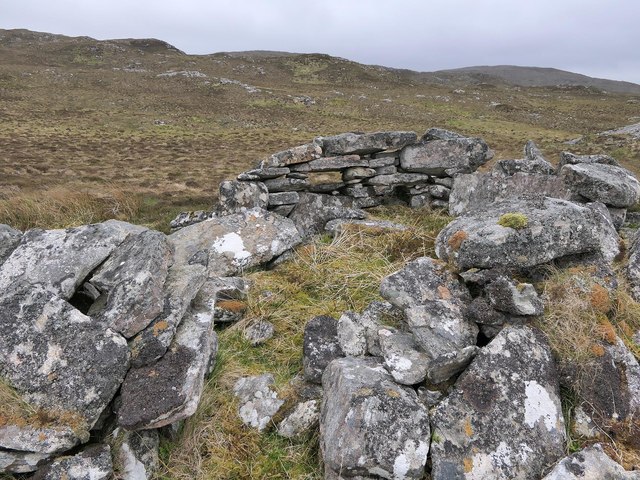
Eilean a' Chaise is located at Grid Ref: NB2023 (Lat: 58.116021, Lng: -6.7398334)
Unitary Authority: Na h-Eileanan an Iar
Police Authority: Highlands and Islands
What 3 Words
///topics.quirky.weeps. Near Leurbost, Na h-Eileanan Siar
Related Wikis
Eilean Mòr, Loch Langavat
Eilean Mòr is an island in Loch Langavat on the Isle of Lewis in the Outer Hebrides of Scotland. == Footnotes ==
Callanish IV
The Callanish IV stone circle (Scottish Gaelic: Ceann Hulavig) is one of many megalithic structures around the better-known (and larger) Calanais I on...
Airidh a' Bhruaich
Airidh a' Bhruaich (Arivruaich - anglicised) is a scattered crofting township in the South Lochs district of the Isle of Lewis in the Outer Hebrides of...
Gisla Hydro-Electric Scheme
Gisla Hydro-Electric Scheme was a small scheme promoted by the North of Scotland Hydro-Electric Board on the Isle of Lewis, Outer Hebrides, Scotland. It...
Have you been to Eilean a' Chaise?
Leave your review of Eilean a' Chaise below (or comments, questions and feedback).
